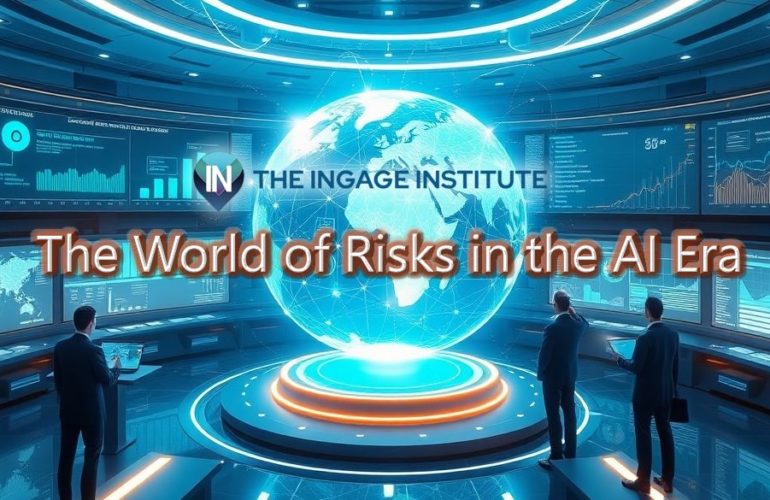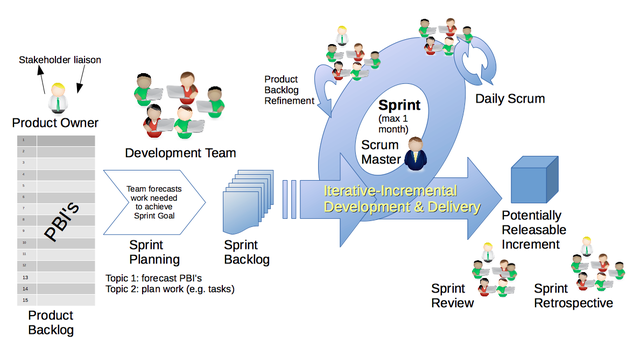AI Rewriting Cellular Destiny
Quick Summary
OpenAI and Retro Biosciences have revolutionised stem cell research using AI-designed proteins that dramatically improve cellular reprogramming efficiency.
Key Points
- AI model GPT-4b micro generated hundreds of protein variants with 30-50% functional success rate
- Improved induced pluripotent stem cell generation by over 50 times
- Breakthrough overcomes previous limitations in cellular reprogramming techniques
Why It Matters
This development potentially represents a breakthrough in regenerative medicine, offering unprecedented capabilities in tissue engineering, potentially addressing cellular aging mechanisms, and opening new pathways for understanding and potentially treating age-related conditions. However, current limitations mean systemic application remains experimental, with significant risks of uncontrolled cellular transformation.
Source: X.com






